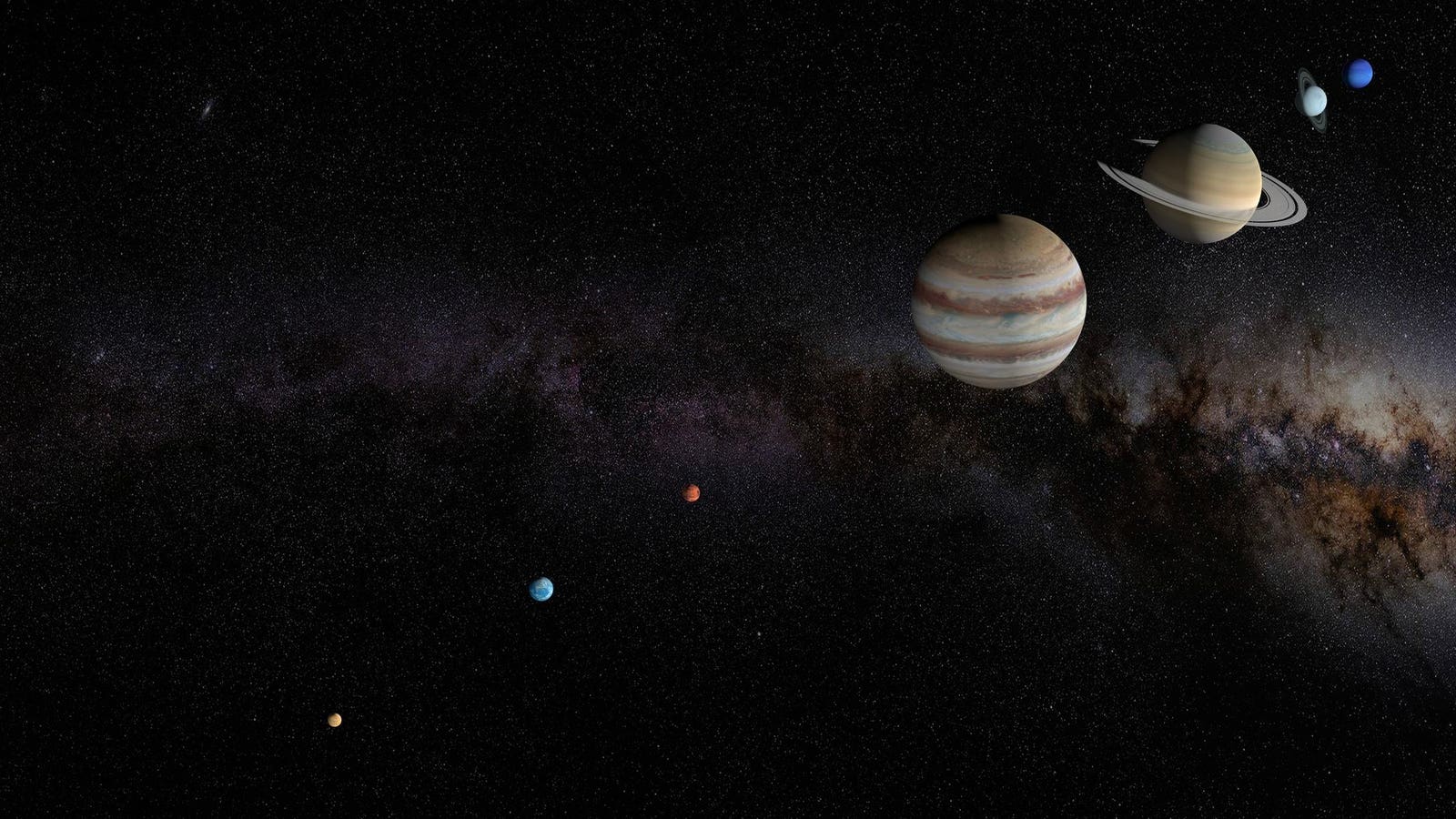
Google is adding AI content detection to the Gemini App with SynthID.
VCG via Getty Images
Google is rolling out a new detection feature in the Gemini app that will help you answer the question: “Was this image generated by AI?”
Starting now, Google’s Gemini chatbot will detect the company’s invisible “SynthID” watermarks in uploaded images, indicating with a high degree of confidence whether the picture was created or modified with a Google AI model.
Google’s AI models embed SynthID watermarks automatically when creating images. While invisible to the human eye, they can be detected and decoded using specialized proprietary tools. Many of Google’s current tools can already detect SynthID watermarks, notably the SynthID Detector Portal, currently available to journalists and media professionals. Users can also view AI attribution details, including the presence of SynthID watermarks, in Google Photos via the “AI Info” panel. With the new integration into the Gemini app, this detection capability is now more widely available.
However, adding the capability to Gemini allows everyone to check images for AI.
How To Check An Image For Google AI In The Gemini App
To analyze an image, upload it to the Gemini app or Gemini on the web, then ask “Is this image generated with AI?” Gemini will then analyze the picture and alert you to any SynthID watermarks it finds, indicating the image was created with a Google AI model.
Even if no SynthID watermark is found, Gemini will attempt to analyze the image for tell-tale signs of AI. Gemini 3 Pro is particularly effective at detecting subtle AI artifacts, often spotting tell-tale signs the casual viewer might miss, such as remnants of common prompting terms appearing in text, objects with inconsistent physics, or an unnaturally smooth “AI skin” look. Beyond visual artifacts, it can also spot other clues, such as the file-naming conventions commonly used by generative AI apps and visible watermarks, like the ‘sparkle’ icon Nano Banana adds to its own AI-generated images. However, unlike SynthID, these techniques can’t confirm AI generation with absolute certainty.
The Gemini app can now spot AI content by reading invisible SynthID watermarks.
SynthID in Google Gemini: What Are The Limitations?
Other generative AI platforms, like Midjourney or GPT Image 1, don’t use SynthID watermarks, so Gemini will have nothing to detect. However, Gemini will attempt to identify AI-generated content through other means, such as looking for visible watermarks, logos and file names typically used by other AI platforms, but it won’t be able to give a definitive answer.
While the watermarks remain resistant to basic modifications, like cropping, resizing or applying filters, anyone with basic technical knowledge can defeat the system with little effort.
AI Content Detection In Gemini: What’s Next?
Beyond images, SynthID also works for video, audio and text. Google has promised to expand Gemini’s detection capabilities to these formats, but the same limitations will apply.
Gemini’s SynthID detection tool is a step in the right direction, but only a small one, as it still can’t definitively answer our core question: “Is this image generated by AI?” In practice, Gemini’s 3 Pro’s innate ability to spot AI imagery can be more useful in this case. Google is also working on support for C2PA content credentials that will let users verify content from other platforms, not just Google’s.
SynthID alone is not a solution to deepfakes or AI disinformation. It is, however, a meaningful step forward that will nudge users into the habit of verifying content rather than simply taking it at face value.
SynthID detection in Google Gemini is rolling out now, but it may take a while to reach all regions.
Follow @paul_monckton on Instagram.








